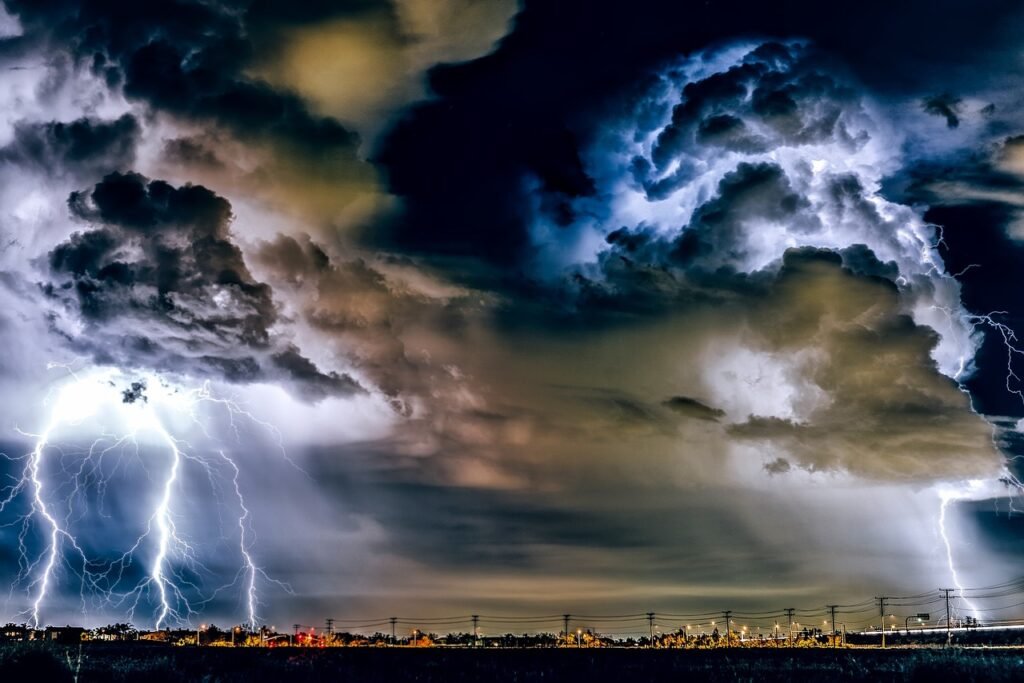When most people think of the American Midwest, they picture endless prairies, friendly communities, and amber waves of grain. But beneath this peaceful surface lies a region forged by some of nature’s most violent forces. The heartland has witnessed storms so fierce they changed the course of history, redefined weather forecasting, and left scars that shaped entire generations. From mile-wide tornadoes that flattened towns in minutes to floods that swallowed whole valleys, the Midwest has endured disasters few regions on Earth can rival. Blizzards have cut off communities for weeks, while derechos—those rare, hurricane-like windstorms—have ripped across multiple states in a single afternoon. Each storm has left behind more than destruction; they’ve reshaped infrastructure, agriculture, and even culture itself. For Midwesterners, resilience isn’t just a virtue—it’s a survival skill honed by living under some of the wildest skies in America.
When Nature Unleashed Its Fury: The Tri-State Tornado
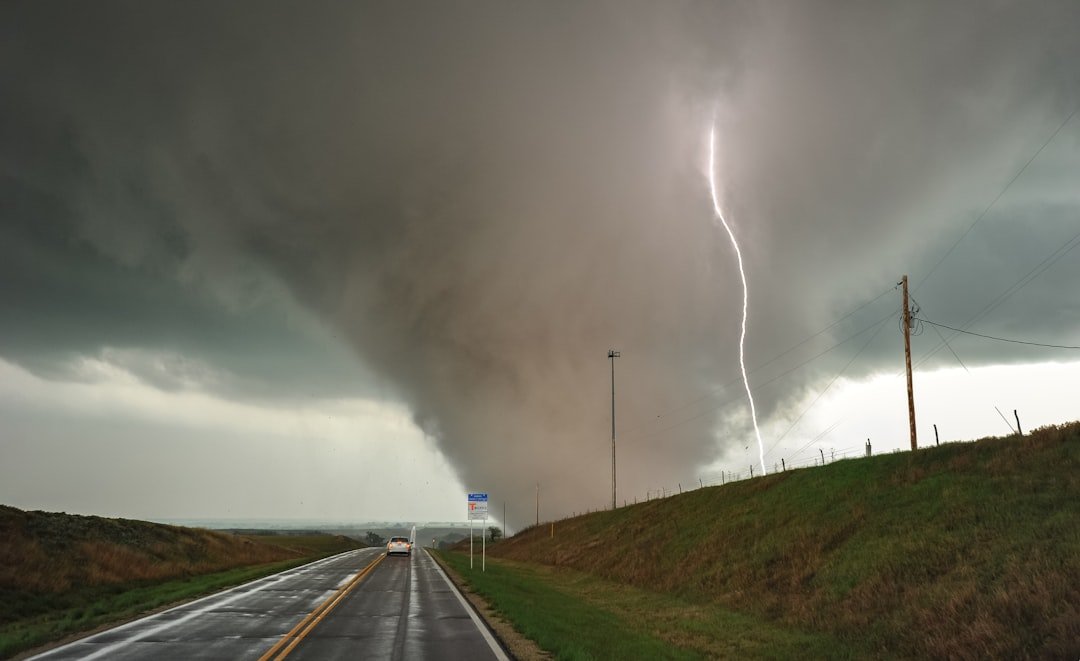
March 18, 1925, remains the darkest day in American tornado history when the deadliest tornado in United States history tore through Eastern Missouri, Southern Illinois and Southern Indiana, killing 695 people and injuring 2,027 more. March 18, 1925, was a day like no other the region had ever seen, as a huge outbreak of tornadoes marched across a swath of the Midwest and Southeast.
The tornado cut a path through the Midwest across the southern tip of Illinois, Missouri, and Indiana, producing more than 2.2 billion dollars in damage in today’s money, lasting for about 3.5 hours, traveling 219 miles, and reported by eyewitnesses to be a mile wide, a record width at the time. This tornado packed newspapers throughout the nation with tales of how nature’s terrifying wrath had uprooted life in sleepy towns, and from the start, the storm was a killer – within minutes of materializing, it killed a farmer, then headed to Annapolis, Missouri.
The Children’s Tragedy: The Schoolhouse Blizzard
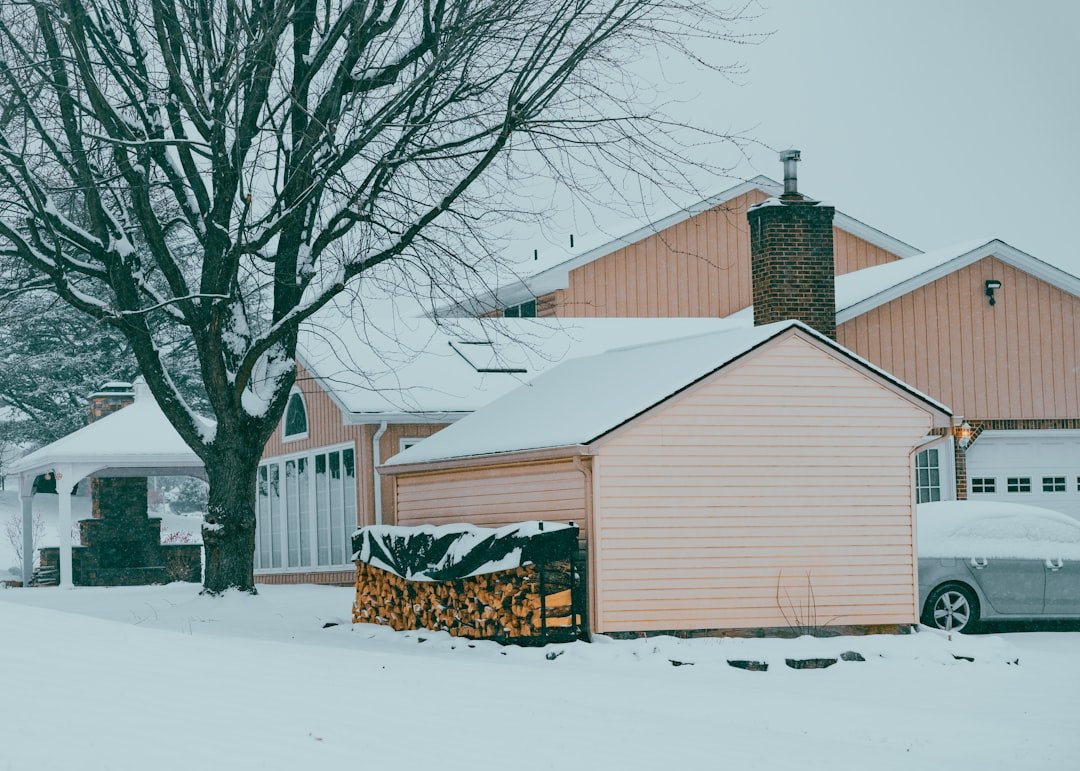
The Schoolhouse Blizzard, also known as the Schoolchildren’s Blizzard, hit the U.S. Great Plains on January 12, 1888, with an estimated 235 deaths, making it the world’s 10th deadliest winter storm on record. The blizzard came unexpectedly on a relatively warm day, and many people were caught unaware, including children in one-room schoolhouses.
On January 12, 1888, an unexpected blizzard swept across the prairies and claimed 235 lives, most of them children, blowing down from Canada into areas that are now South Dakota, North Dakota, Nebraska, Minnesota, Montana, Wyoming, and Idaho, as temperatures dropped from above freezing in many areas to well below zero in a matter of a few hours. The storm earned its tragic nickname because many children were trapped in their schools or died trying to reach home through the blinding snow and subzero temperatures.
The Duck Hunt That Turned Deadly: Armistice Day Blizzard
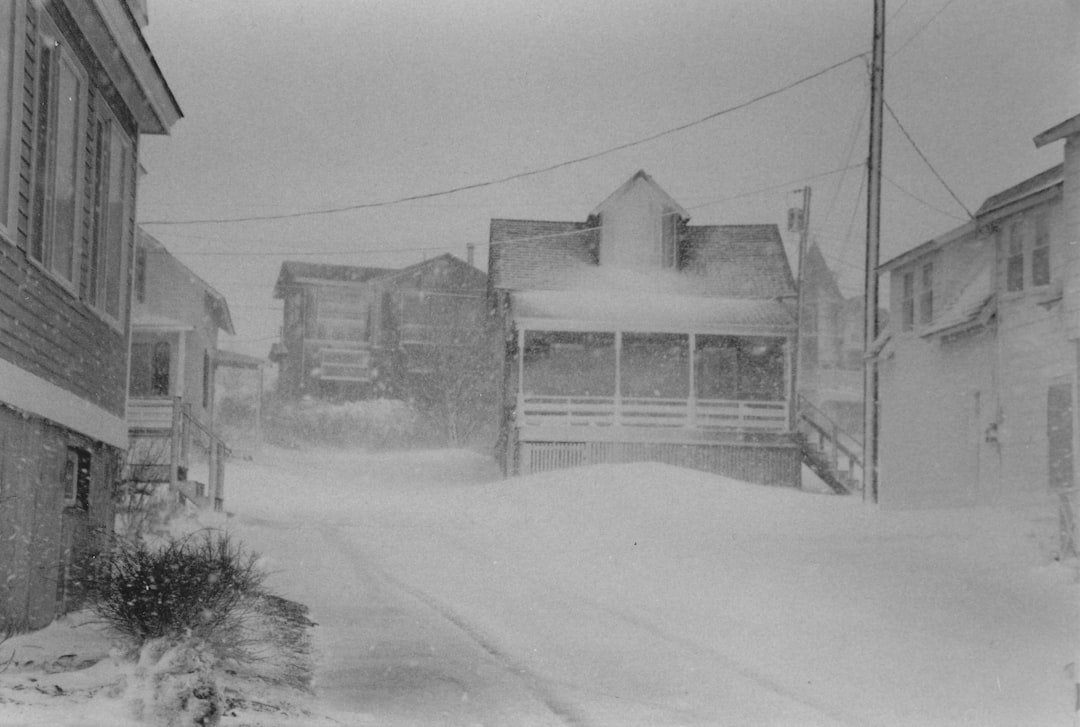
The blizzard that struck the Midwest in November 1940 was the type of snow storm that engenders legends, as fall was extremely mild and across the Upper Midwest temperatures were well above normal on the morning of November 11th, so warm that at 7:30 in the morning the temperature at Chicago was 55 degrees Fahrenheit, and Armistice Day 1940 was a perfect opportunity for many individuals to enjoy the mild respite before winter.
A total of 145 deaths were blamed on the storm, almost a third of them duck hunters who had taken time off to take advantage of the ideal hunting conditions, as weather forecasters had not predicted the severity of the oncoming storm, and when the storm began many hunters took shelter on small islands in the Mississippi River, where 50 mph winds and 5-foot waves overcame their encampments. Little did they know the most infamous duck hunt in American history was about to unfold, and when the storm exited the region over a foot of snow had fallen, with more than 150 people and thousands of livestock dead.
When Tornadoes Met Blizzards: The Super Bowl Storm of 1975
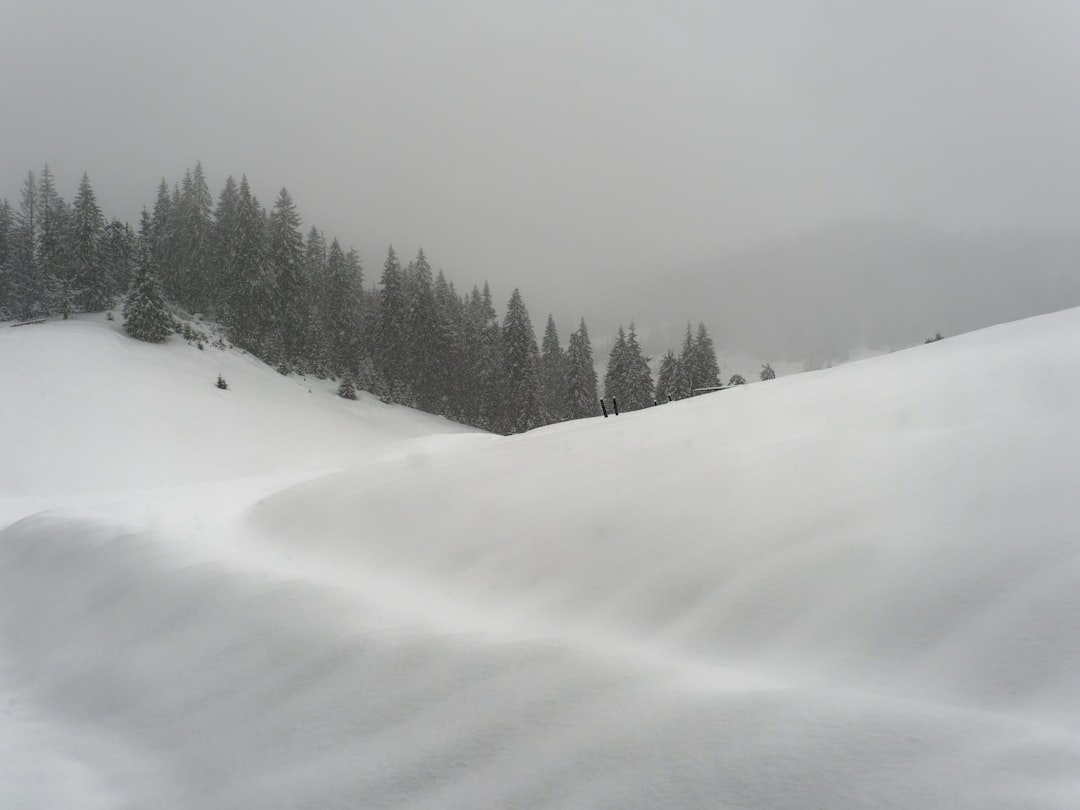
The Great Storm of 1975, also known as the Super Bowl Blizzard, was an intense winter storm system that impacted a large portion of the Central and Southeast United States from January 9–12, 1975, producing an outbreak of 45 tornadoes in the Southeast U.S. resulting in 12 fatalities, while later dropping over 2 feet of snow and killing 58 people in the Midwest.
The Super Bowl Blizzard takes the trophy for most unusual: A record low-pressure system, it sparked tornadoes in the Southeast before heading into the upper Midwest, where heavy snows and cold killed more than 100,000 farm animals, and unlike many winter storms, which sweep in from Canada, it started in the Pacific and crossed the Rocky Mountains, with the first of 45 tornadoes spinning up as it headed over the Plains on Jan. 9, 1975, killing 12 people and injuring 377 in the two-day outbreak. This bizarre combination of summer and winter weather in the same storm system left meteorologists scrambling to understand how nature could be so violently contradictory.
The Forgotten Fury of Early Settlers
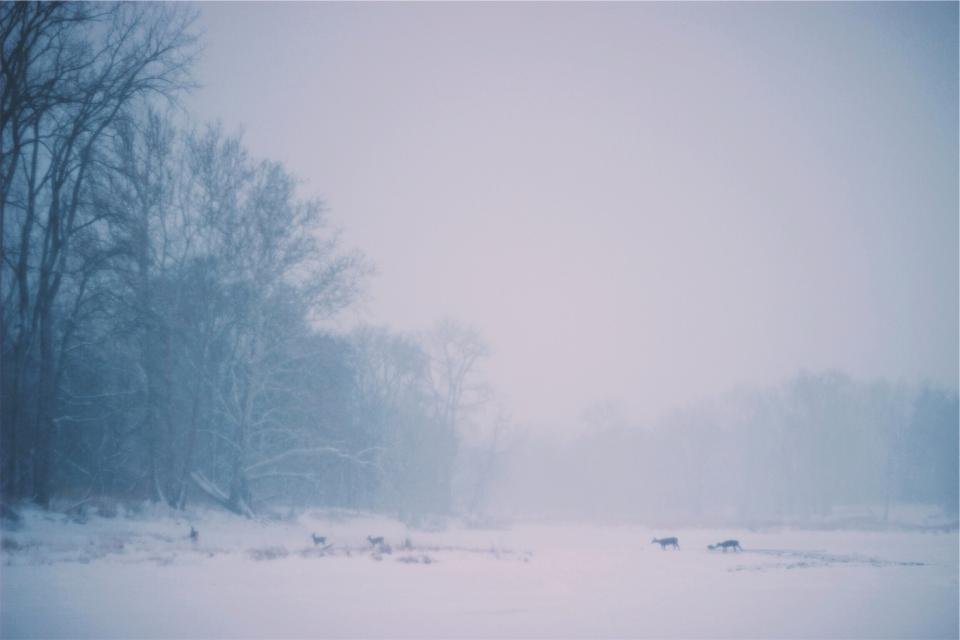
A severe blizzard struck the Great Plains, and many pioneers from the east were unprepared for the storm and perished in Minnesota and Iowa. The Hard Winter of 1880-81 began on October 15, 1880, when a blizzard in eastern South Dakota marked the beginning of this historically difficult season, with Laura Ingalls Wilder’s book The Long Winter detailing the effects of this season on early settlers.
These early storms taught harsh lessons about survival on the Great Plains. Families learned to read the sky like a book, understanding that their lives depended on recognizing the subtle signs of approaching danger. The pioneer experience with these deadly storms would eventually lead to the development of storm cellars, emergency food storage, and the tight-knit community bonds that helped neighbors survive nature’s worst assaults.
Modern Meteorology Born from Tragedy

The ban on the word “tornado” had been in effect since the 1880s, when weather forecasters first began developing methods of predicting tornadoes, as officials worried that meteorologists could not provide adequate forecasts and also underestimated the public, feeling that telephone operators might panic if they were required to relay news of upcoming storms, with meteorologists reaching a consensus that forecasting tornadoes would do more harm than good.
Though the word “tornado” was still taboo among weather forecasters until 1950, the tornado did have one good effect, as the single biggest thing that happened as a result of the Tri-State was the increase in public awareness about tornadoes, marking the beginning of local tornado-spotter networks. These tragic events forced the weather service to abandon their fear-based policies and embrace the responsibility of warning the public about dangerous weather.
The Geography of Violence: Why the Midwest?
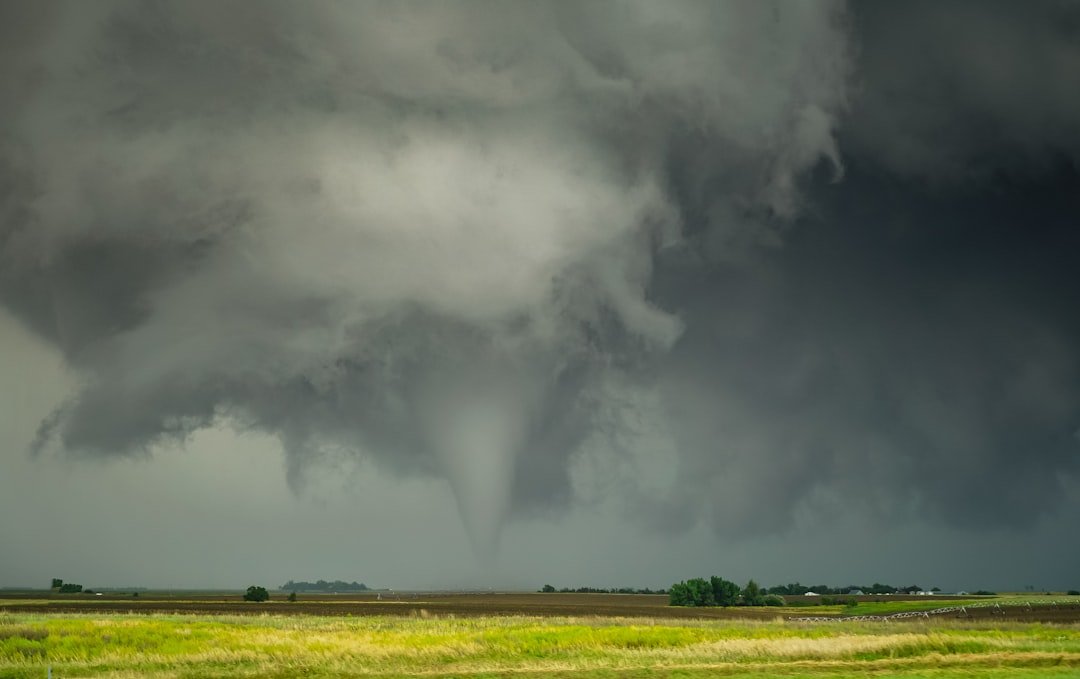
According to meteorologists, it’s due to the unique geography of the U.S. Great Plains, also nicknamed “Tornado Alley”, as this expanse of flat land doesn’t provide a barrier between clashes of cold Canadian air and warm, moist air from the Gulf of Mexico, with the Rockies to the west acting as a funnel for this clash of air masses and helping provide wind shear as jet stream winds blow over the peaks and across the Great Plains.
The Midwest sits in nature’s boxing ring, where massive air masses collide with nothing to soften the blow. Storm systems powerful enough to cause blizzards usually form when the jet stream dips far to the south, allowing cold, dry polar air from the north to clash with warm, humid air moving up from the south, and when cold, moist air from the Pacific Ocean moves eastward to the Rocky Mountains and warmer, moist air moves north from the Gulf of Mexico, all that is needed is a movement of cold polar air moving south to form potential blizzard conditions.
Tales of Survival Against Impossible Odds
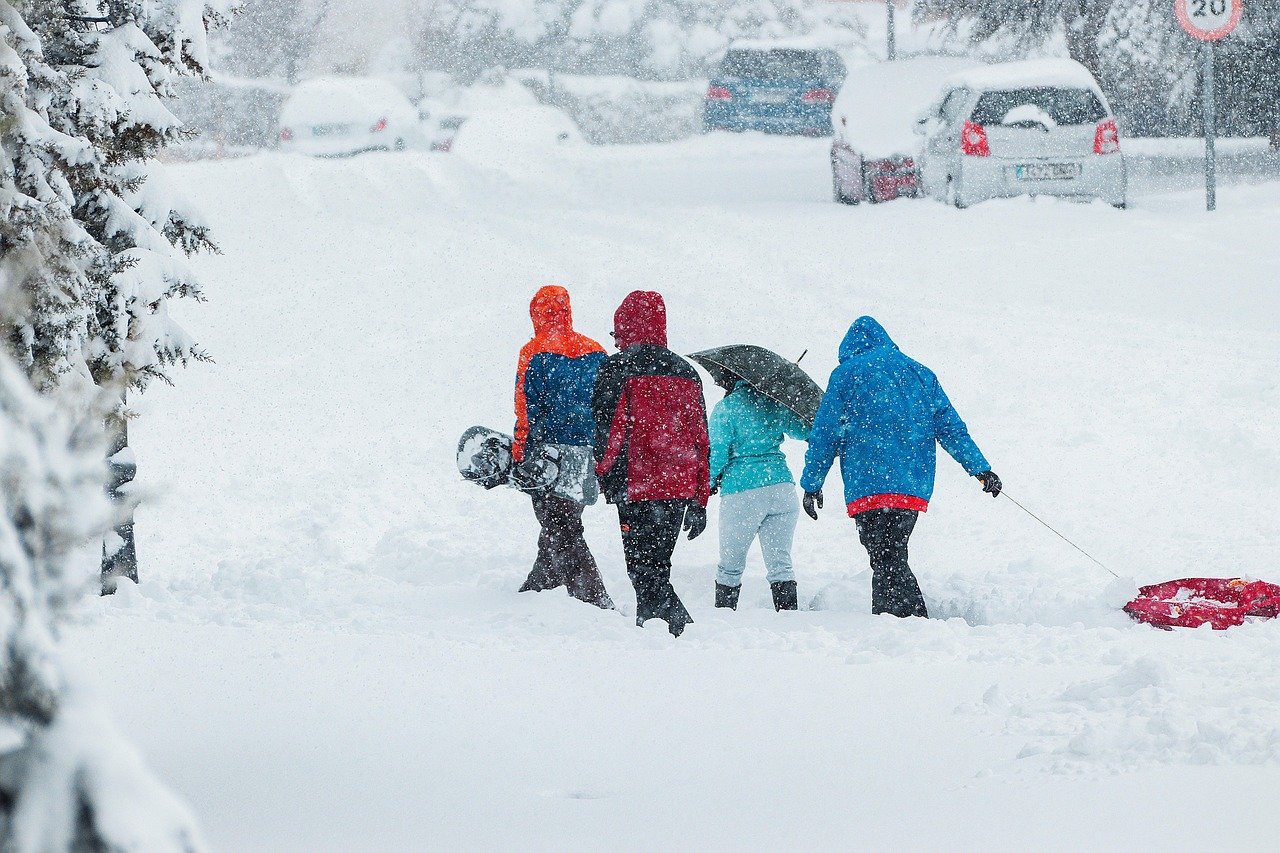
In Mira Valley, Nebraska, Minnie Freeman safely led 13 children from her schoolhouse to her home, one and a half miles away, though a rumor that she used a rope to keep the children together during the blinding storm is widely circulated, one of the children claimed it was not true, and that year, “Song of the Great Blizzard: Thirteen Were Saved” was written and recorded in her honor.
Etta Shattuck, a 19-year-old schoolteacher, got lost on her way home and sought shelter in a haystack, remaining trapped there until her rescue 78 hours later. These stories of survival became the stuff of legend, proving that human determination could sometimes triumph over nature’s worst violence. Teachers like Freeman became heroes, their quick thinking and courage saving young lives when the sky turned deadly.
When the Great Lakes Became Graveyards
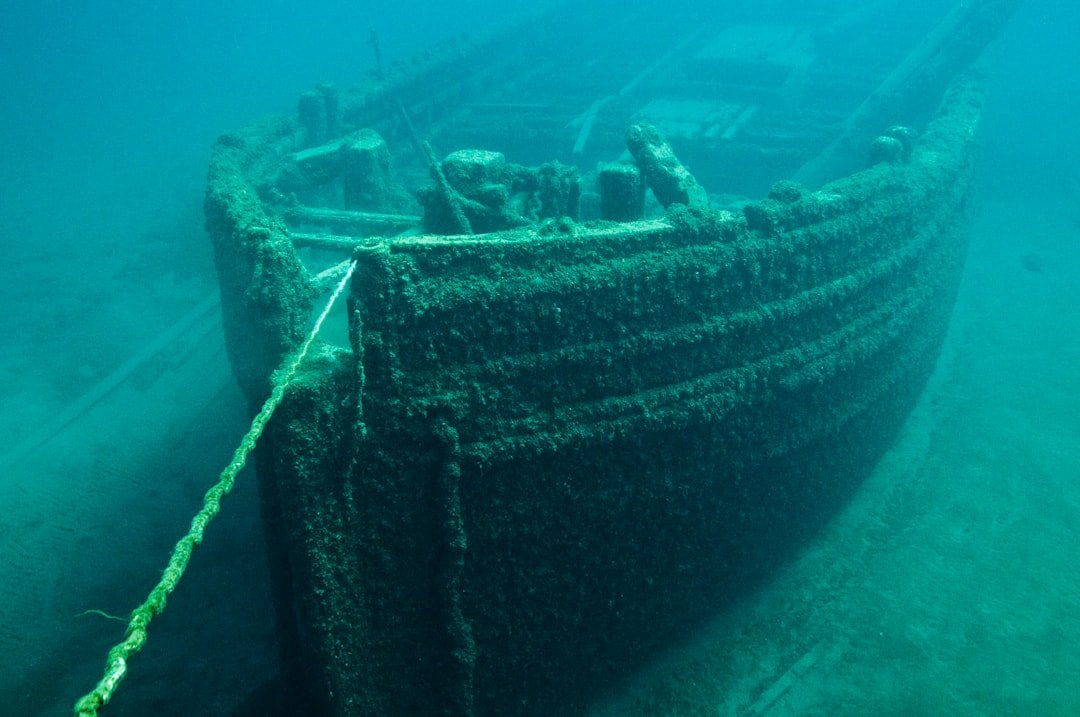
During the Armistice Day storm, three large ships sank near Pentwater, Michigan and 58 lives were lost, with survivors on ships that ran aground waiting for days on their damaged vessels until winds subsided and rescue boats could be launched from shore, while communities expecting the cargos for their winter supplies were significantly impacted by the loss of food and fuel.
A severe winter storm with 71 mph winds created 12- to 15-foot waves on Lake Superior and sank the Edmund Fitzgerald. The Great Lakes, usually seen as peaceful inland seas, transformed into churning death traps during these fierce storms. Sailors who had weathered countless storms found themselves facing waves and winds that defied their experience and sometimes their equipment.
The Economic Devastation Left Behind

Before the Armistice Day Blizzard of 1940 the state of Iowa was a leading fruit growing region, second only to Michigan in apple production, but as the storm’s center passed near Winterset Iowa, a ferocious ice storm delivered a devastating blow to the apple industry, as icy winds killed hundreds of apple trees, and planting a new orchard was expensive.
These storms didn’t just kill people and animals – they destroyed entire industries and ways of life. Communities that had built their identities around certain crops or livestock found themselves starting over from nothing. The economic ripples from these disasters lasted for decades, reshaping the agricultural landscape of the Midwest and forcing farmers to adapt new strategies for surviving nature’s violent moods.
Modern Storms Still Pack Ancient Fury
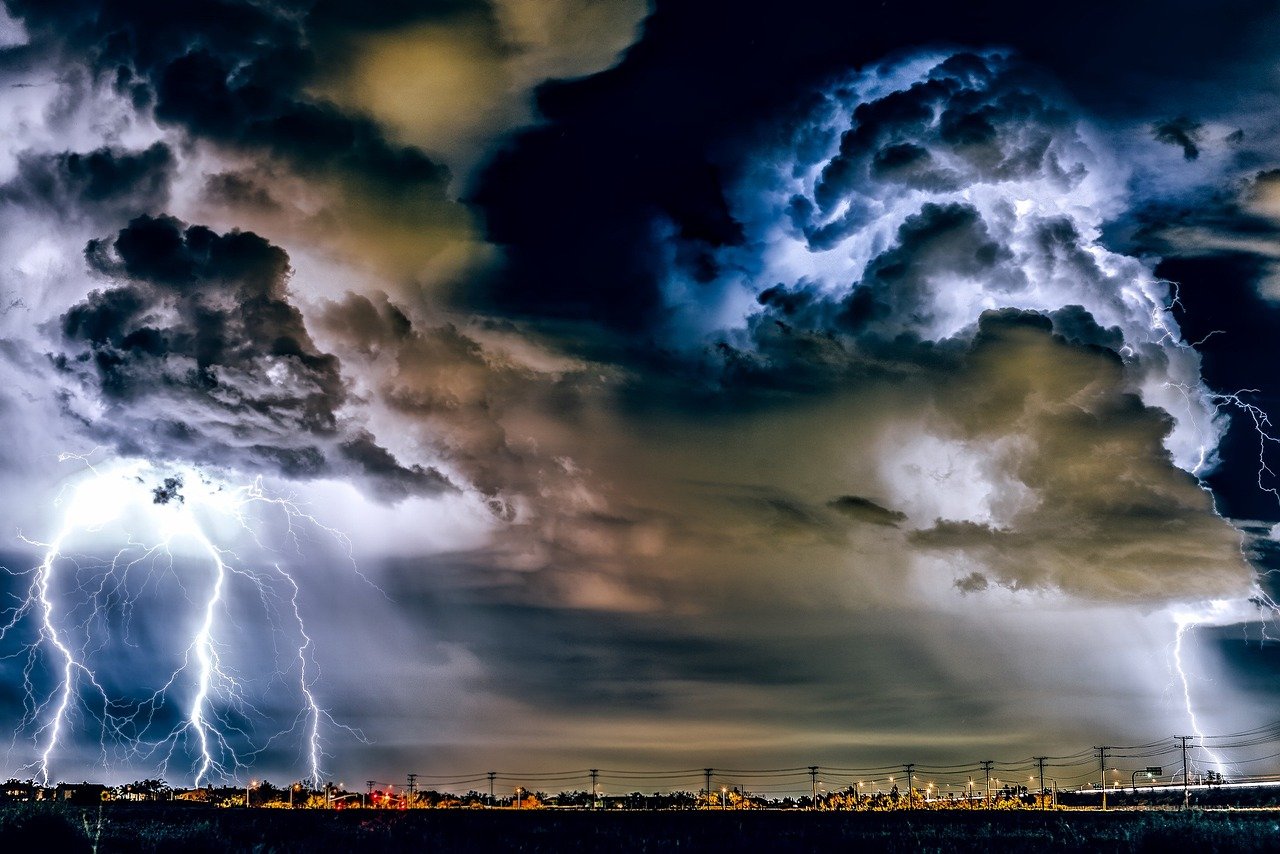
At least 34 people have died across Missouri, Arkansas, Texas, Oklahoma, Kansas and Mississippi as powerful storm systems swept through the Midwest and South. Severe storms continued to pound parts of the South and Midwest, as a punishing and slow-moving storm system unleashed life-threatening flash floods and powerful tornadoes from Mississippi to Kentucky.
Even with all our modern technology and forecasting abilities, the Midwest continues to face storms that rival the historic disasters of the past. The Midwest is under a high risk for thunderstorms and the likeliness for damaging tornadoes, with a risk factor of 5, meaning high, as the Storm Prediction Center forecasts a regional outbreak of several damaging F3 or more tornadoes across Oklahoma and southern Kansas. These contemporary storms serve as stark reminders that nature’s power hasn’t diminished with time.
Nature’s fury in the Midwest isn’t just history – it’s an ongoing story written in wind, snow, and human resilience. From the Children’s Blizzard to modern tornado outbreaks, these storms have shaped not only the landscape but the character of the people who call this region home. Each generation learns anew that in the heartland, respect for nature’s power isn’t just wisdom – it’s survival. What stories will tomorrow’s storms write in the endless sky above the Great Plains?

Hi, I’m Andrew, and I come from India. Experienced content specialist with a passion for writing. My forte includes health and wellness, Travel, Animals, and Nature. A nature nomad, I am obsessed with mountains and love high-altitude trekking. I have been on several Himalayan treks in India including the Everest Base Camp in Nepal, a profound experience.

